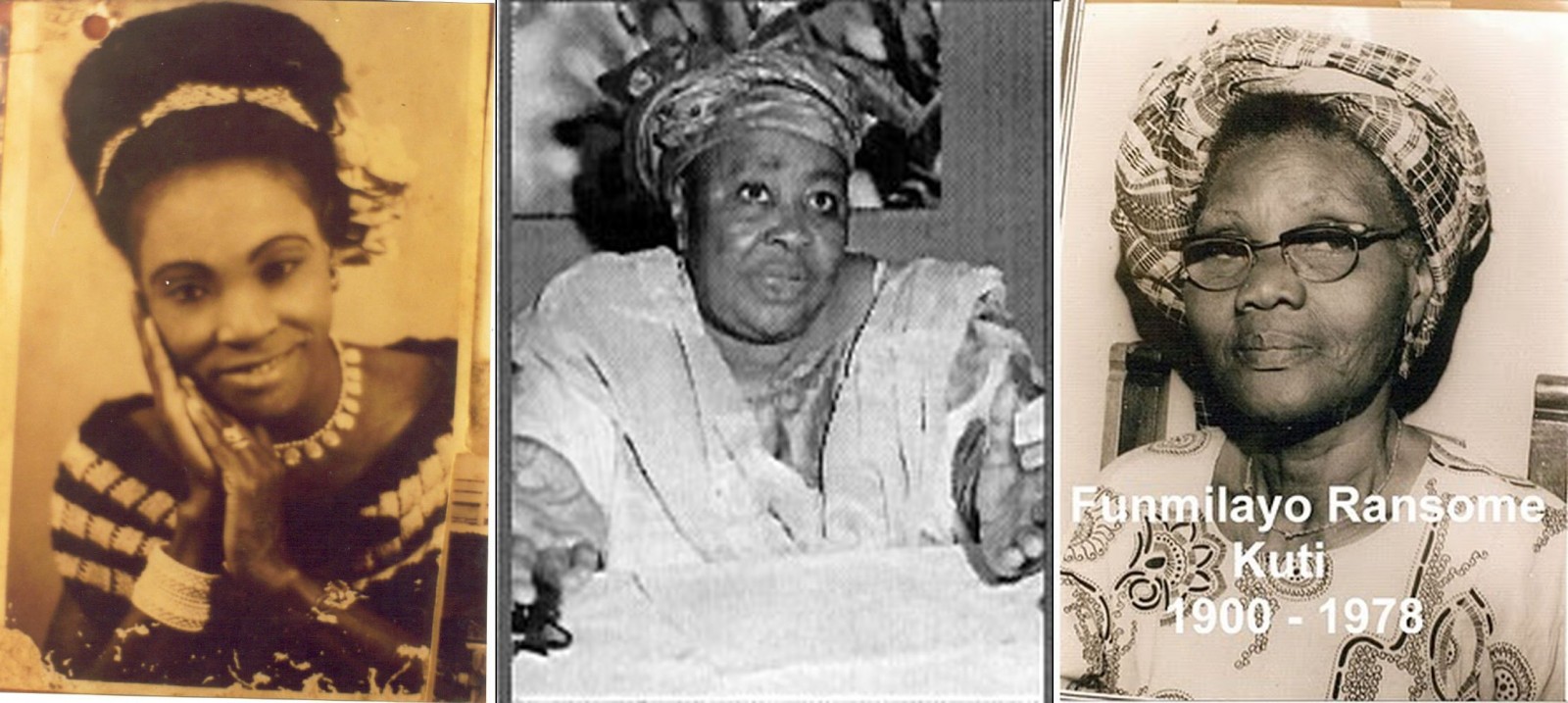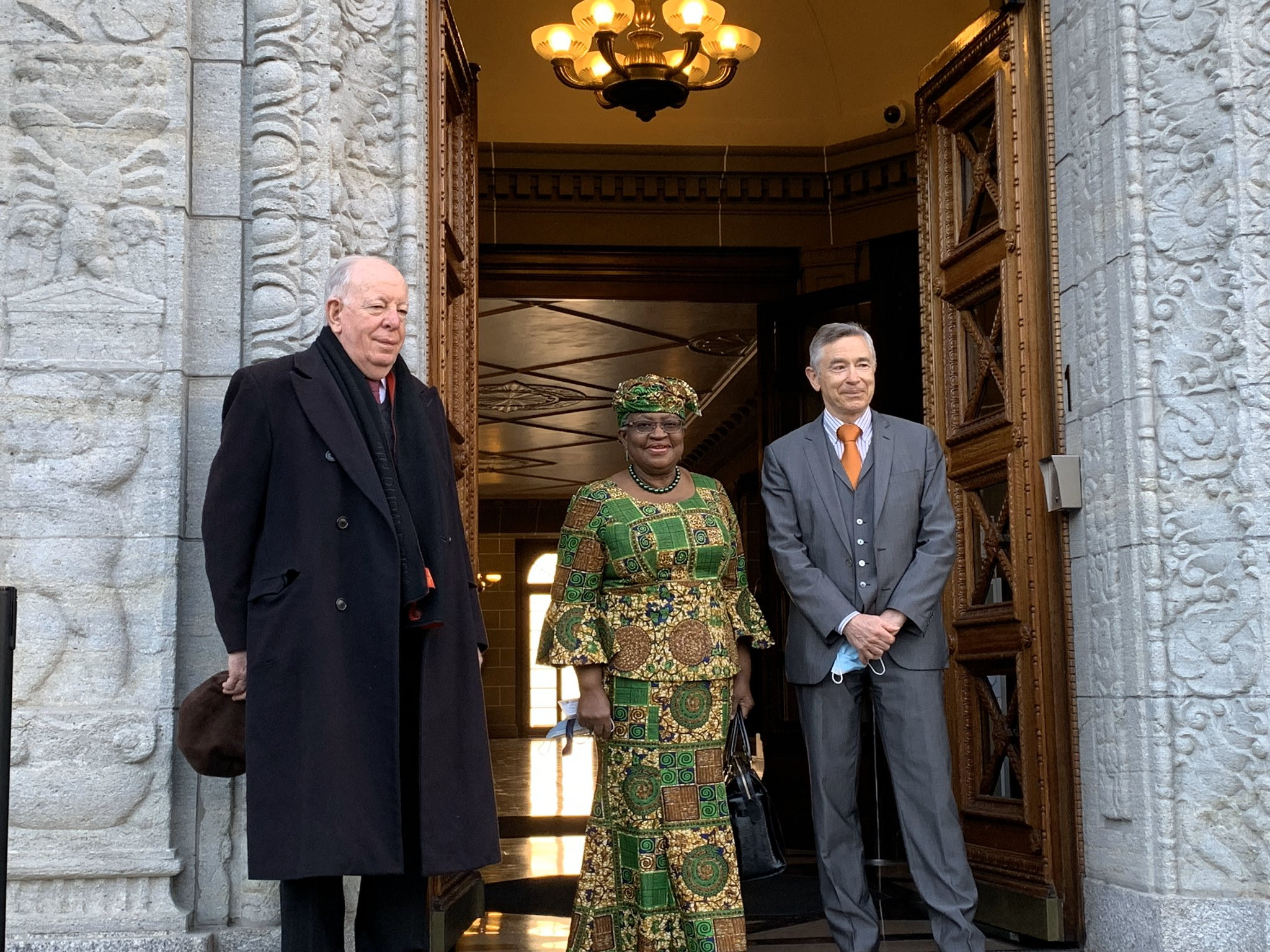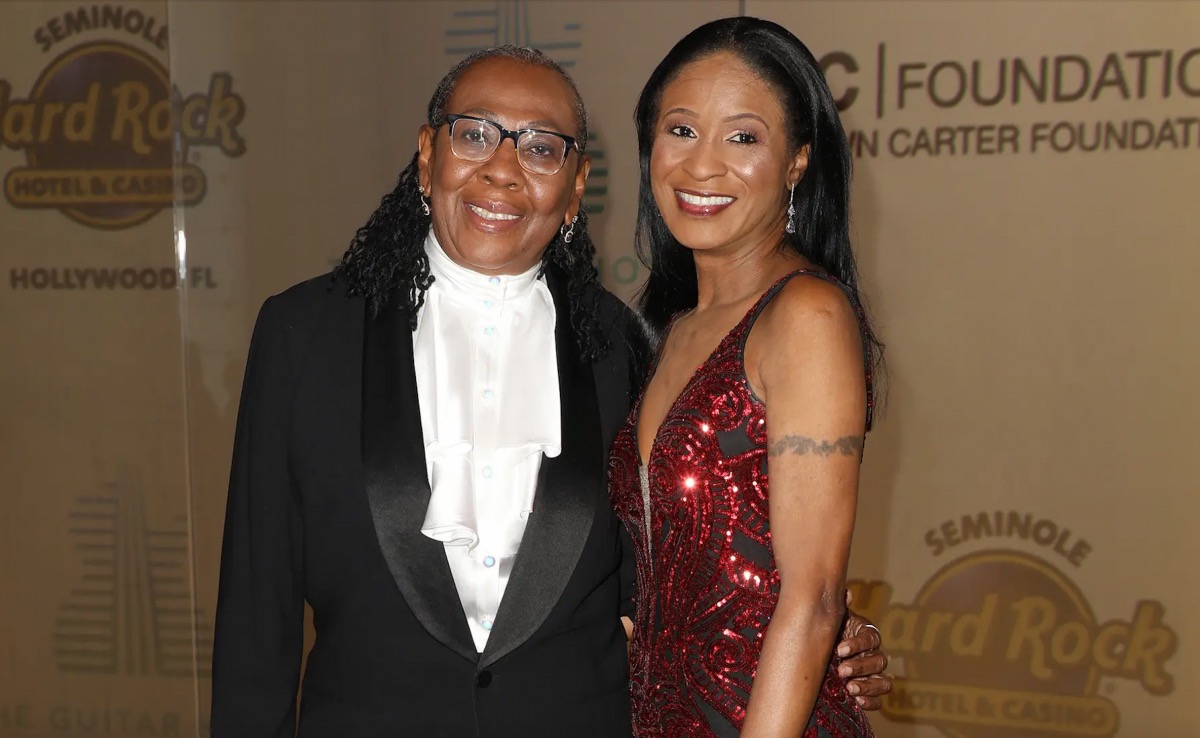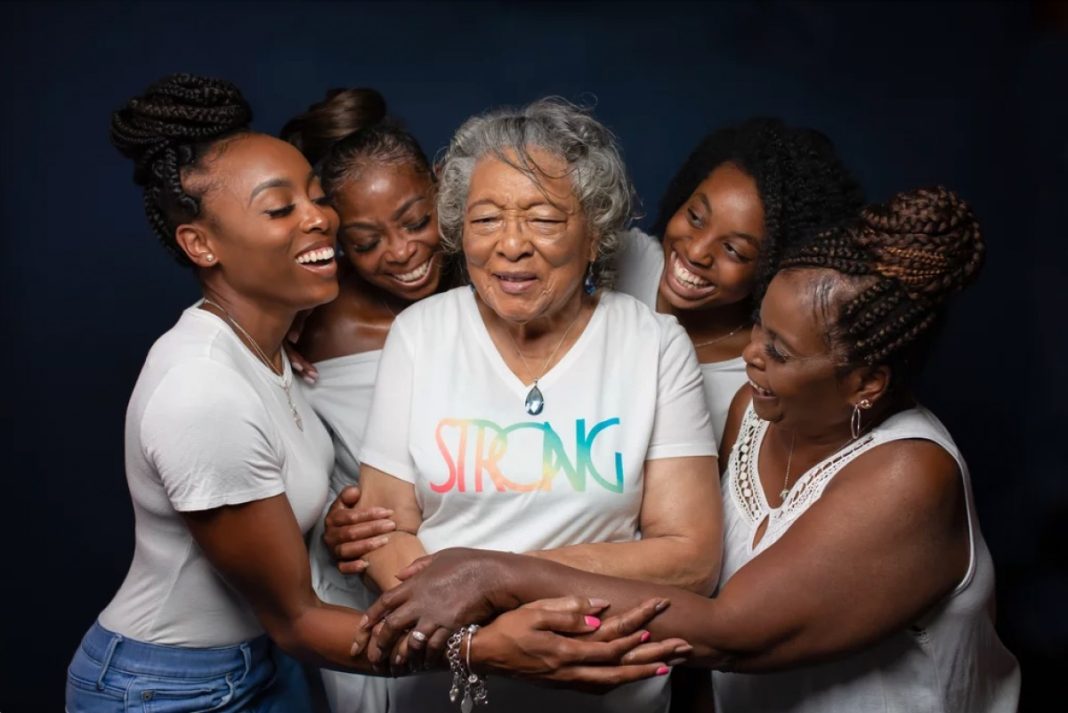In an ever-evolving world, the essence of being a woman is an intricate tapestry woven through history, culture, biology, and individual experiences. From early matriarchal societies to the feminist movements, women’s journey is a testament to resilience, strength, and continuous transformation. This article delves into the facets of womanhood, exploring her roles, challenges, and the ever-evolving empowerment narrative.

Biological and Psychological Dimensions
The biological aspect is an integral part of womanhood. Females typically possess two X chromosomes, which influence physical attributes such as reproductive organs and secondary sexual characteristics. However, it is imperative to recognize the spectrum of gender identities. Some individuals may be assigned female at birth but identify differently, and others may undergo transitions to align their gender identity with their experience of being women.
Psychological dimensions encompass the cognitive, emotional, and social attributes that society often associates with femininity. Traits like empathy, nurturing, and emotional intelligence are commonly related to women, although they are not exclusive to any gender.

Historical and Cultural Context
The role of women in history and culture is a mixed bag of subjugation and triumph. In ancient societies like the Minoans and Iroquois, women were revered and held positions of power. However, in many cultures, women’s roles were restricted to homemaking and child-rearing.
In the 19th and 20th centuries, women fought for their rights. The suffragette movement campaigned for women’s right to vote. Later, the feminist movement sought to address issues such as reproductive rights, workplace equality, and violence against women. These movements have shaped modern perceptions of being a woman and paved the way for greater autonomy and participation in society.

Contemporary Roles and Challenges
Today’s women are CEOs, astronauts, mothers, engineers, artists, and much more. Despite these advancements, challenges persist. Gender pay gaps, underrepresentation in leadership positions, and societal expectations are among the hurdles women face.
Women often juggle multiple roles – from professional responsibilities to family care. This “second shift” can lead to stress and burnout. Additionally, women across the world still face issues like domestic violence, trafficking, and limited access to education and healthcare.

Empowerment and Self-Definition
Empowerment is a cornerstone of modern womanhood. It encompasses economic independence, access to education, and the freedom to make choices about one’s body and life.
Moreover, self-definition is fundamental. The meaning of being a woman varies for each individual. For some, it may lie in motherhood, for others in their careers, or in simply expressing their authentic selves.

Intersectionality and Inclusivity
In exploring womanhood, intersectionality is key. This term, coined by Kimberlé Crenshaw, highlights that women’s experiences are shaped by other aspects of their identity such as race, class, and sexuality. For instance, the challenges faced by a black woman may differ from those of her white counterpart. Recognizing these intersectional identities is crucial in understanding the full breadth of what it means to be a woman.

Final Thoughts
Being a woman is a multifaceted experience, interwoven with biology, identity, cultural contexts, roles, and personal choices. The contemporary woman is an empowered individual, aware of her potential and challenges, and actively participating in the molding of her destiny. In this evolving narrative, inclusivity and recognition of intersectionality are vital. As society progresses, the tapestry of what it means to be a woman will continue to evolve, rich with diversity, strength, and limitless possibilities.







